Of the thorax, which in everyday life is often called Rib cage is called, forms a protective space for the heart, the lungs and other organs of the human being and is responsible for important functions of the organism. It is therefore all the more important to identify and treat diseases in the thorax at an early stage.
What is the thorax?
Of the thorax is the name for the Rib cage, which is an important part of the human skeleton and is derived from the Greek name for the word "basket".
It is characterized by a bell-like shape and numerous muscles and ligaments that attach to the ribs of the chest and ensure high stability and elasticity.
In addition, they allow the thorax to be raised and lowered while breathing. The shape and size of the thorax differs from person to person and is constantly changed by the respiratory muscles.
Anatomy & structure
In general, the thorax composed of four main elements, which include the sternum, twelve pairs of ribs, twelve thoracic vertebrae and their intervertebral discs.
The ribs, which appear as flat, slightly curved bones, are connected to the transverse processes of the thoracic vertebrae on the back of the thorax via costal vertebral joints. On the front, in turn, cartilage connects the top ten ribs with the sternum, which in turn has a connection to the collarbone and shoulder girdle.
The lower two pairs of ribs, on the other hand, end freely and therefore have no fixed connection to the sternum, which is why they are often referred to as "free ribs". Furthermore, there are also numerous vital organs within the chest.
In addition to the lungs, there is also the midfield space (mediastinum) inside the thorax, which contains the heart, thymus, trachea, esophagus, lymph nodes, as well as lung and blood vessels such as the aorta or the vena cava.
Functions & tasks
The thorax is ascribed great importance in the human body, as it fulfills numerous life-securing tasks of the organism.
It initially serves as a starting point for various skeletal parts such as the shoulder muscles or the abdominal wall. In addition, due to its high stability, it has a protective function for vital and vulnerable organs of the organism. In addition to the lungs, spleen and liver, this also includes the heart. This is protected from the front by the strong sternum, while the vertebral bodies of the thoracic spine shield it from the rear.
Another important task is beneficial to the thorax during breathing, as this, as a bony frame, creates the essential prerequisites for the human breathing process: The thorax is moved up and down by the intercostal muscles and the diaphragm, which are stretched out in the frame, and thereby provides for the Development of the lungs.
Diseases
Due to its diverse and important functions, diseases are in the field of thorax especially dangerous. For example, a heart attack occurs in the area of the chest, in which part of the heart muscle is no longer adequately supplied with blood.
The cause is the occlusion of a coronary artery that supplies the heart with blood. Pneumonia, which is usually the cause of an infection of the alveoli or lung tissue by bacteria, viruses, fungi or parasites, can also be found in the thorax. This is usually unproblematic if detected early, but in some cases can also pose a life-threatening threat to the organism.
Another disease affecting the chest area is the so-called hemothorax, which is the accumulation of blood in the pleural cavity. This disease is often caused by injuries to the vertebrae or broken ribs. The pneumothorax, which describes the accumulation of air next to the lungs, is often associated with the hemothorax. As a result of this accumulation, the lungs can no longer expand and collapse.
The air can either escape from the lungs itself through a burst alveolar sac, but can also reach the lungs from outside through injuries to the chest wall. Furthermore, cancer can also occur in the thorax, with lung cancer being the most common form.
You can find your medication here
➔ Medication for chest painTypical & common chest diseases
- Chest pain and painful breathing
- Chest contusion
- Anxiety
- Pneumothorax
- Pleurisy (pleurisy)


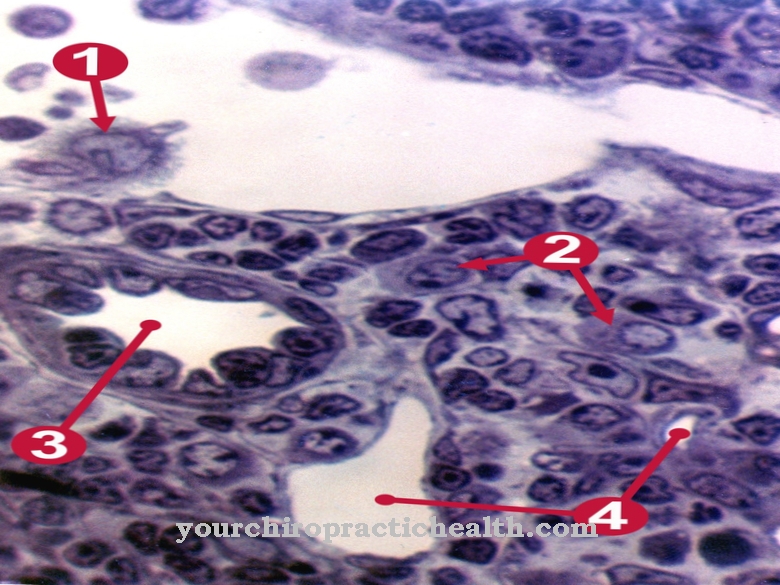
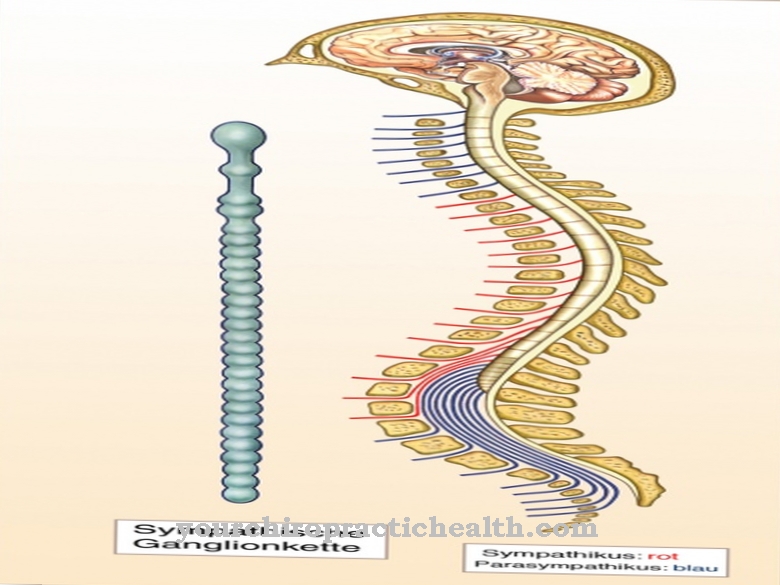
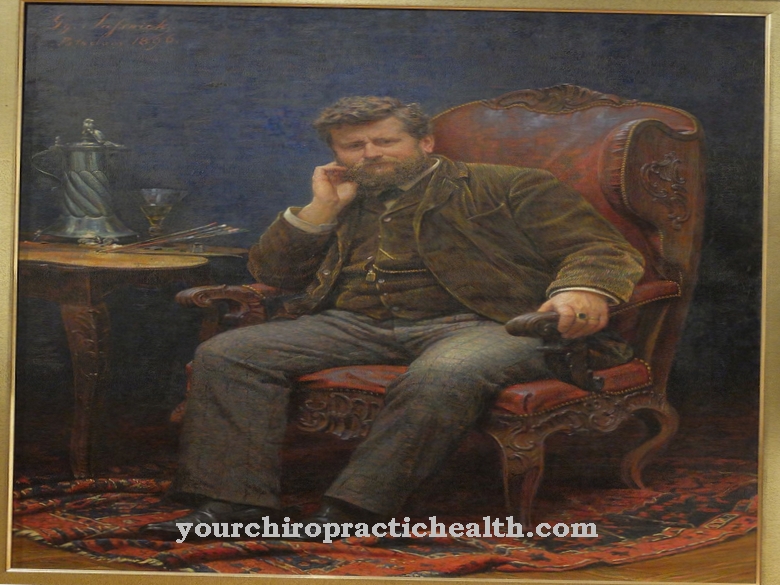
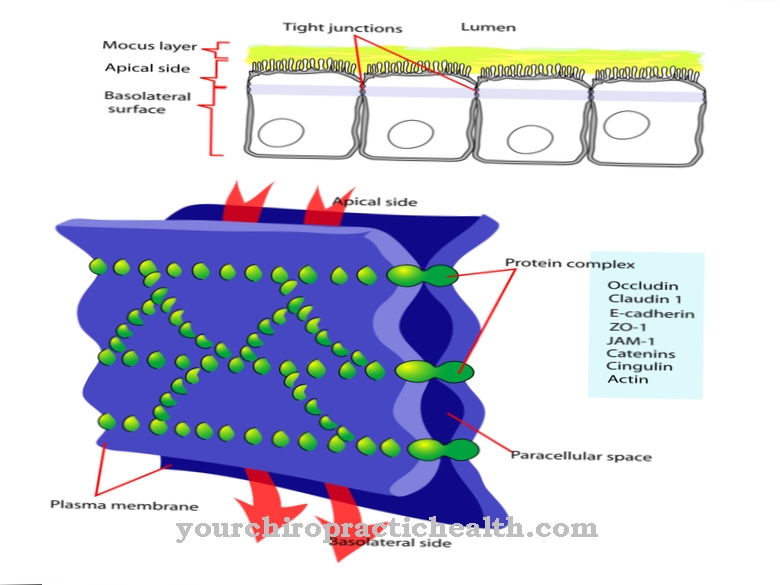
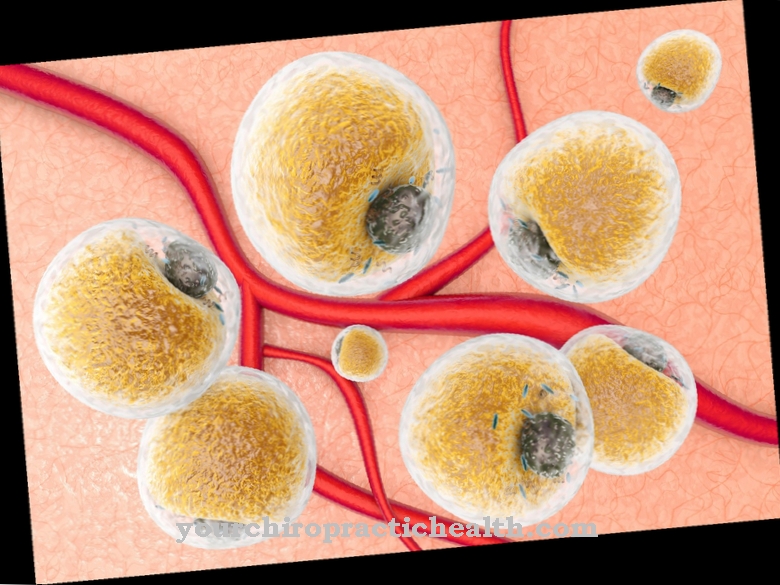

















.jpg)



